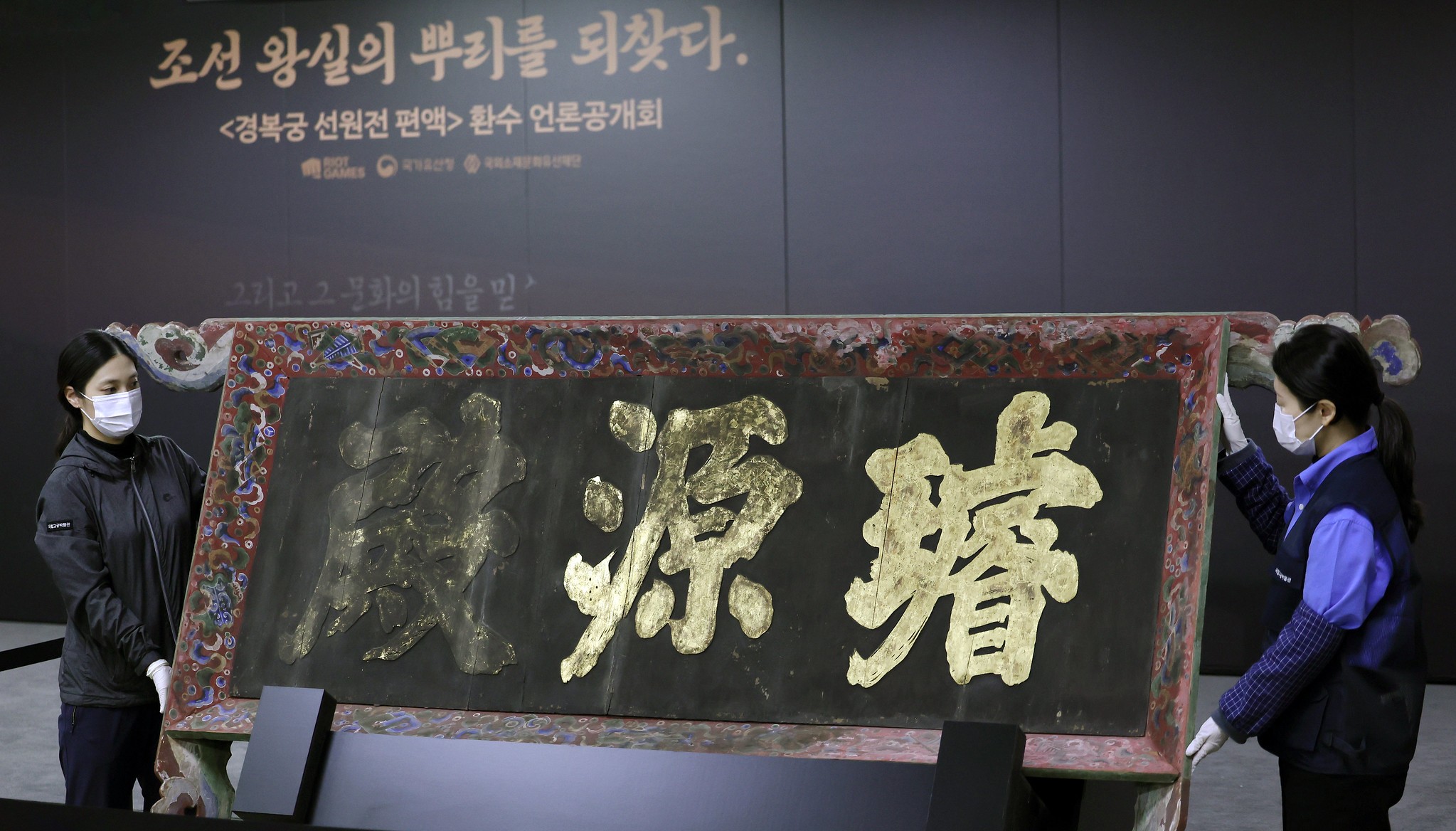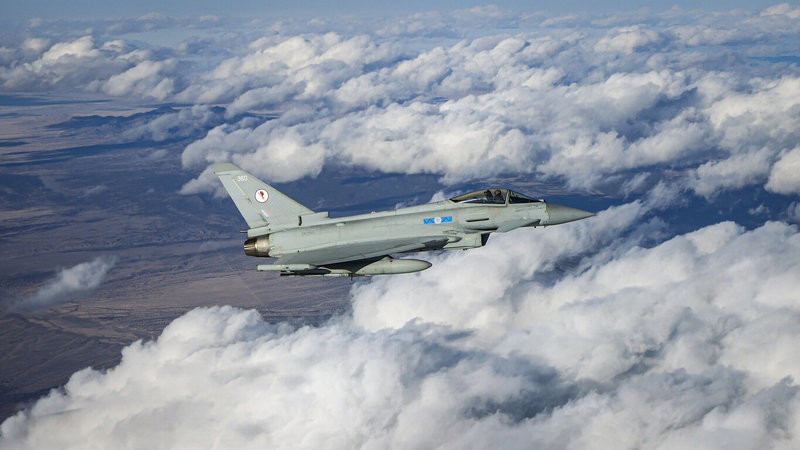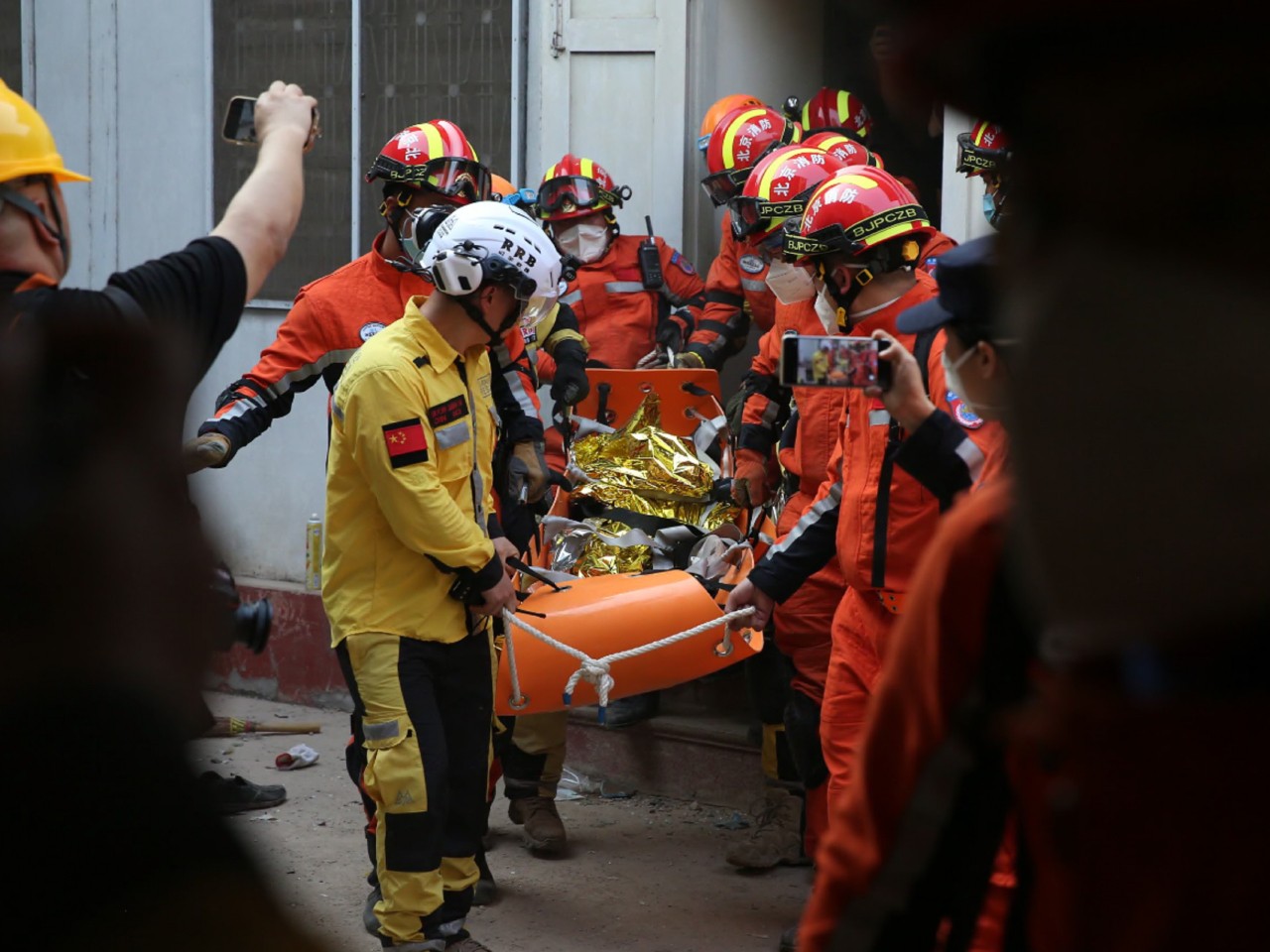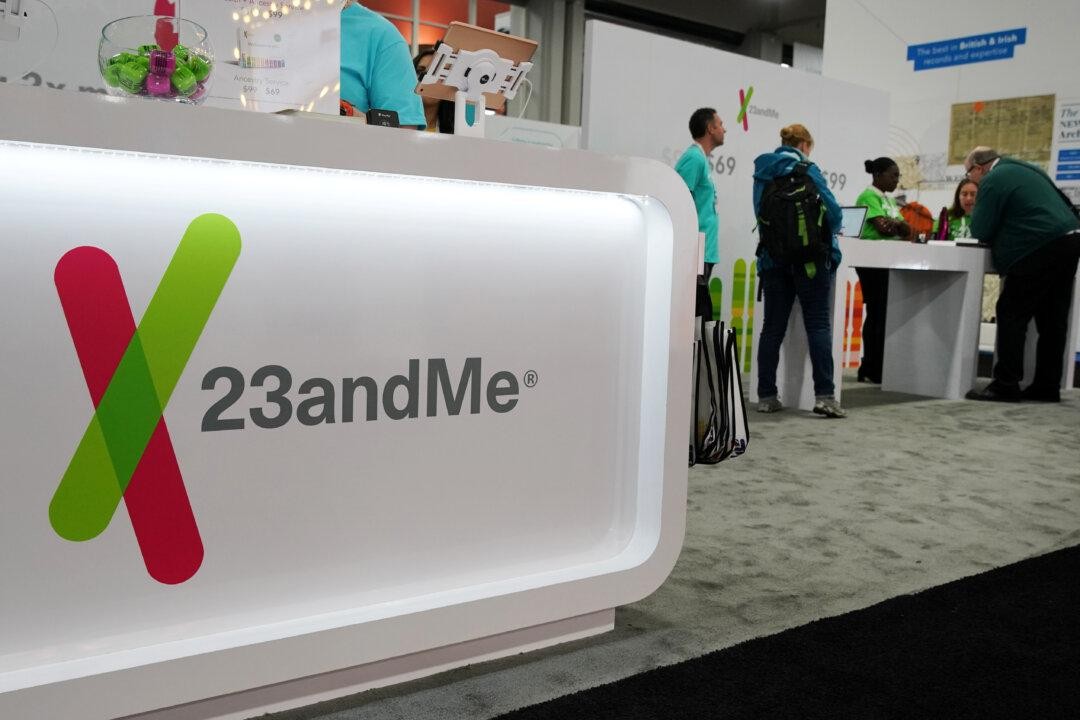
The National Heritage Administration of Korea and the Overseas Cultural Heritage Foundation unveiled a plaque that is believed to have been hung in the Seonwonjeon Hall of Gyeongbokgung Palace at the National Palace Museum in Jongno-gu, Seoul on the 27th.
Plaques are painted or written on paper, silk or wood and hung indoors or on doors. They are made in various styles depending on the grade and specifications of the building.
The plaque unveiled this time is made of wood, 312 cm long, 140 cm wide and 1.8 cm thick. It was returned in February this year with the sponsorship of Riot Games, but it is still unclear when and how it was transported out.
The plaque has the golden characters “Xuanyuan” written on the black lacquer base, which means “the root of jade”, which comes from the saying that the royal family is likened to beautiful jade in Chinese history. The frame is engraved with cloud patterns, and patterns symbolizing treasures such as fans and bundles are drawn.
Choi Eung-cheon, director of the National Heritage Administration, said that considering the establishment and damage of the Xuanyuan Hall of various palaces and related historical records, it is speculated that the plaque was once hung in the Xuanyuan Hall of Gyeongbokgung Palace, which was rebuilt in 1868.
Sunwonjeon is a hall in the palace of the Joseon Dynasty where the portraits of successive kings are enshrined. The king can burn incense, worship and hold sacrificial ceremonies here. The hall symbolizes that the Joseon Dynasty was governed by loyalty and filial piety, and carries the meaning of “the long-standing foundation of the royal family”, which has a very high status.
The earliest Sunwonjeon was built in 1444. The Sunwonjeon in Gyeongbokgung was burned down during the Imjin Japanese Invasion and moved to Changdeokgung in 1695. After the reconstruction of Gyeongbokgung during the reign of King Gojong, the Sunwonjeon was rebuilt in the palace in 1868, and the Sunwonjeon was added to Gyeongungung (now Deoksugung) in 1897.
As a result, during the Korean Empire, the three palaces of Gyeongbokgung, Changdeokgung and Gyeongungung had Sunwonjeon. If the king moved to another palace, the portraits of successive kings would also be moved with him.
In 1900, the Sunwonjeon Hall in Gyeongun Palace was destroyed by fire, rebuilt the following year, and moved to Changdeokgung Palace in 1921, while the Sunwonjeon Hall in Gyeongbokgung Palace was demolished during the Japanese colonial rule. Currently, only two Sunwonjeons are preserved in Changdeokgung Palace.
Choi Eung-cheon said that the plaque will be permanently collected in the National Palace Museum of Korea and will be used for academic research and exhibitions in the future.





